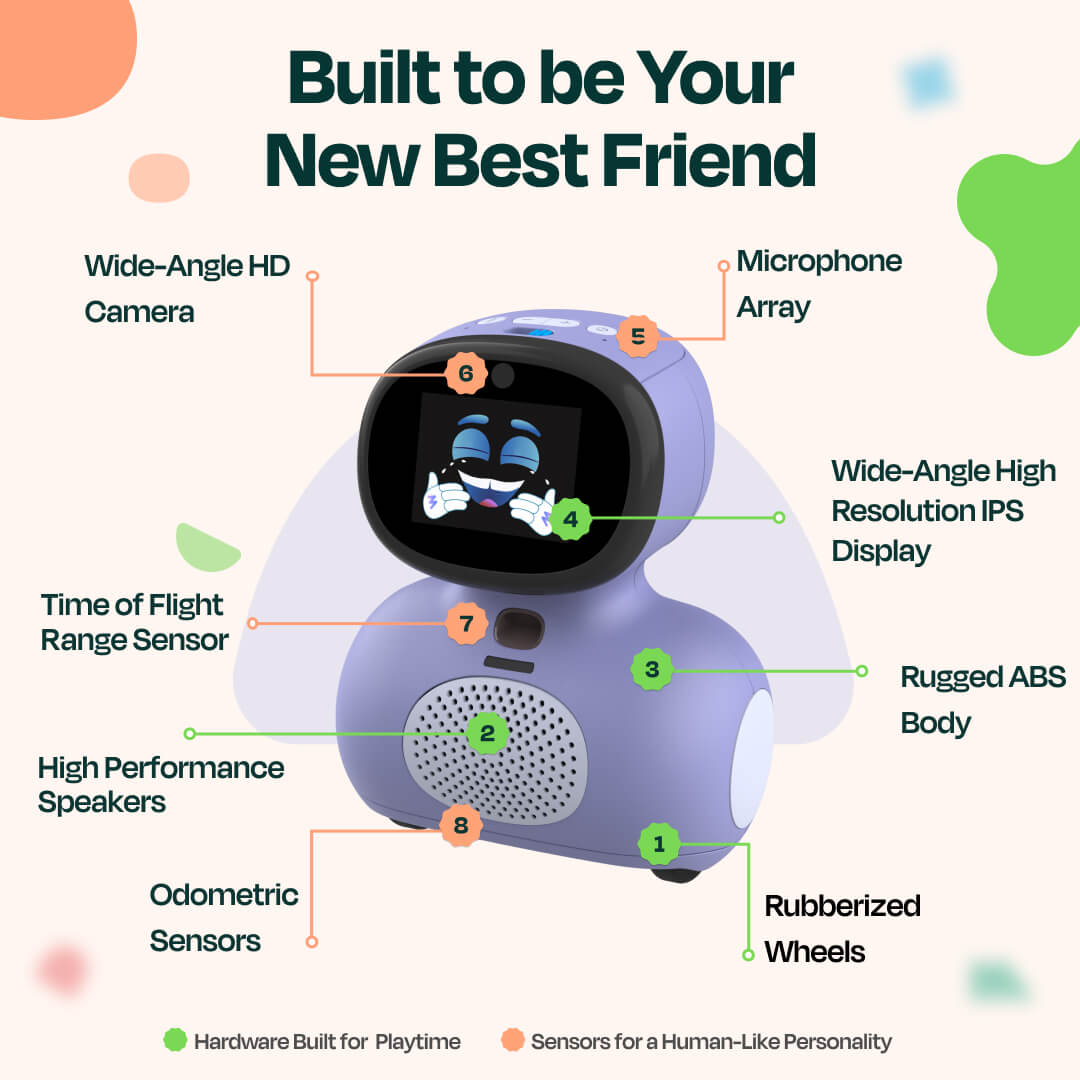
How to integrate Miko AI features into a robot system?
AI technology has revolutionized the way robots function, making them smarter, more efficient, and capable of performing complex tasks. Miko is a leading AI platform that offers a wide range of features and capabilities to enhance the performance of robots. In this guide, we will explore how you can seamlessly integrate Miko AI features into your robot system for improved functionality and efficiency.
1. Understanding Miko AI features
Miko AI is equipped with advanced capabilities such as natural language processing, machine learning, and computer vision. These features allow robots to understand and respond to human commands, learn from past experiences, and identify objects and patterns in their environment. By integrating Miko AI into your robot system, you can leverage these functionalities to enhance the performance and capabilities of your robots.
2. Setting up the integration process
Before you begin integrating Miko AI features into your robot system, you need to ensure that your robots are compatible with the Miko platform. Check the system requirements and compatibility guidelines provided by Miko to ensure a seamless integration process.
Next, you will need to download and install the Miko AI SDK and API libraries on your robot system. These libraries contain the necessary tools and resources to enable communication between your robots and the Miko platform.
3. Implementing Miko AI features
Once you have set up the integration process, you can start implementing Miko AI features into your robot system. Begin by creating a new project in your development environment and importing the Miko AI libraries into your codebase.
Next, you can start integrating specific Miko AI functionalities into your robots, such as speech recognition, object detection, and gesture control. You can customize these features to suit the needs of your robot system and enhance its capabilities.
4. Testing and optimizing the integration
After implementing Miko AI features into your robot system, it is essential to thoroughly test the integration to ensure that everything is functioning correctly. Run comprehensive tests to check the performance, accuracy, and reliability of the AI features in different scenarios and environments.
Use the debugging tools and logs provided by the Miko platform to identify any issues or errors in the integration process. Make necessary adjustments and optimizations to improve the performance and efficiency of the AI features in your robot system.
5. Leveraging the advantages of Miko AI
By integrating Miko AI features into your robot system, you can unlock a wide range of benefits and advantages. Your robots will be able to understand and respond to human commands more effectively, learn from their experiences to improve performance, and identify objects and patterns in their environment with greater accuracy.
Furthermore, Miko AI features can enhance the overall functionality and capabilities of your robots, allowing them to perform complex tasks and interact with users in a more intuitive and intelligent manner. With Miko AI, your robot system can reach new levels of performance and efficiency.
Was this helpful?
0 / 0